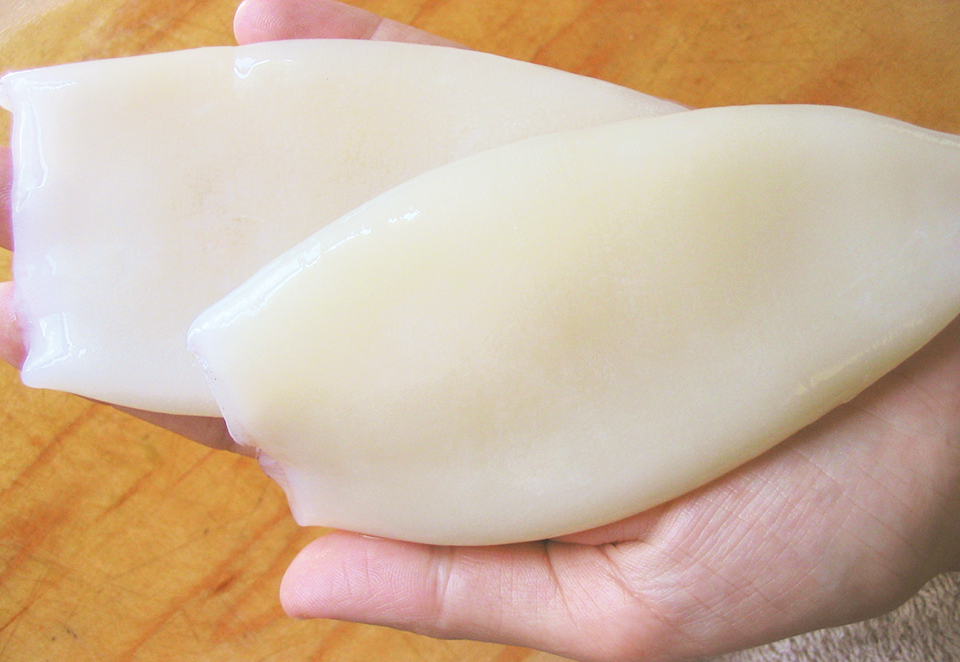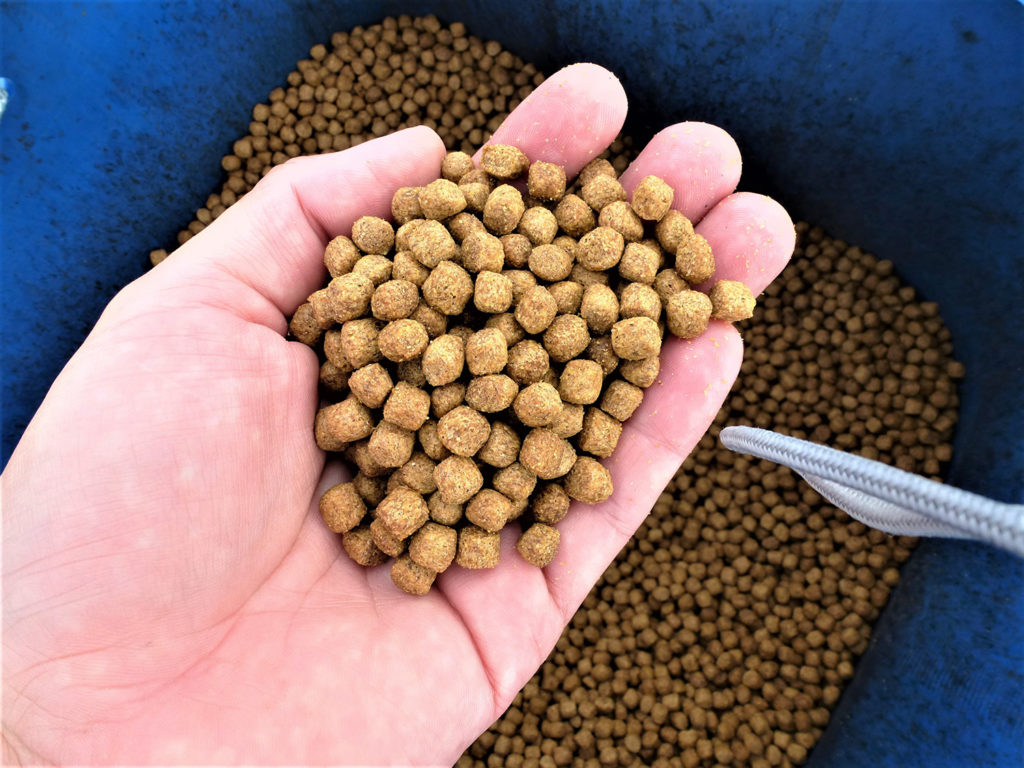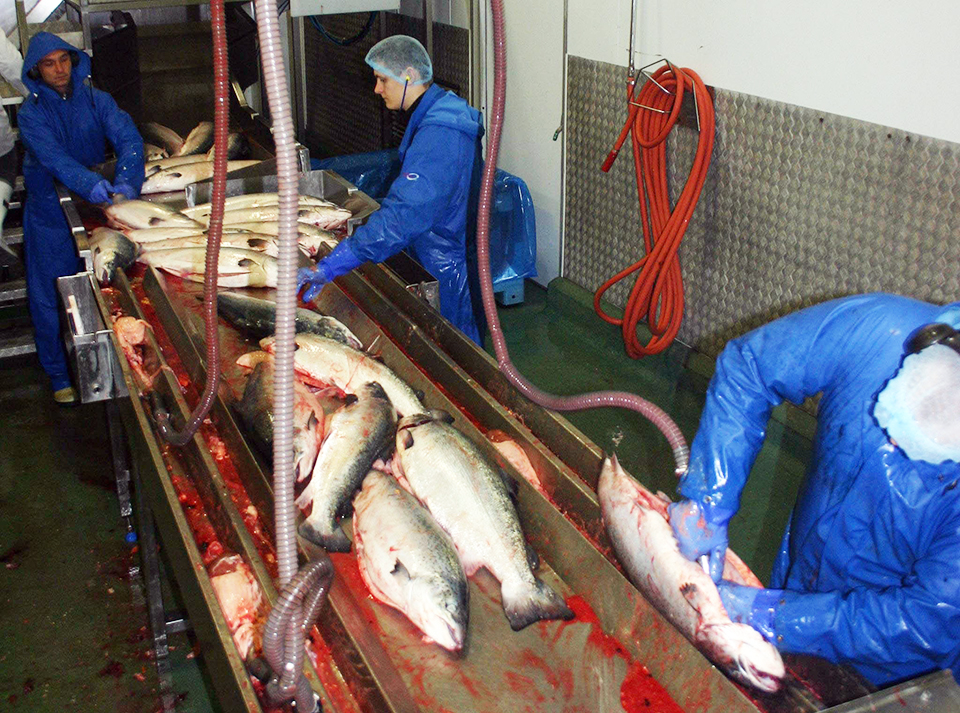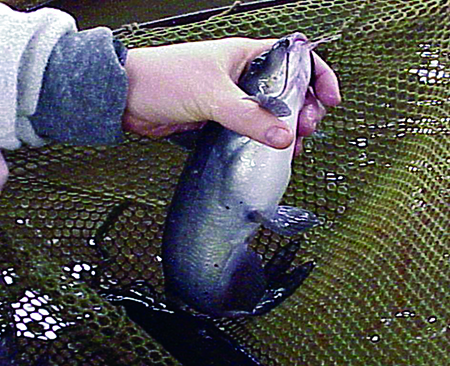Product could be used in health care, cosmetics, other industries

Collagen is a major, yet simple, structural protein that strengthens tendons and helps support internal organs and skin. It is the major fibrous element of skin, bone, tendon, cartilage, blood vessels, and teeth, and comprises a family of fibrous proteins present in all multicellular organisms. With a high content of glycine, proline, hydroxyproline, and some bioactive peptides, collagen and its hydrolysates are widely used in medical treatments, health care, food processing, cosmetics and other industries.
Sources
Collagen sources usually include the connective tissues of domestic animal skins, but marine animals such as fish, jellyfish and squid also contain high amounts of collagen. In addition, collagen from sources like fish skins can be dissolved in neutral salt solutions, even at low temperature.
Squid skin is one of the most common wastes from the processing of commercial fishery products in China. It contains high levels of protein, especially collagen, and could be exploited as a source of collagen.
Research in China
In a recent study at Shanghai Fisheries University, the authors mechanically separated skins from the mantles of squid collected at the Shanghai Fisheries Cooperation in China and kept them frozen at minus-18 degrees-C for further processing. The skins were minced and homogenized with distilled water. After pH adjustment, the mixture was incubated with protease enzymes.
After hydrolysis, the mixture was heated in boiling water for 10 minutes to stop the reaction and centrifuged. The hydroxyproline and collagen recovery ratio or lyophilization of the collected supernatant was then determined.
Analysis
The content of moisture, crude protein, lipid, and ash were determined following standard analysis procedures. Fractionation of water-soluble, alkali-soluble, acid-soluble, and hot-water-soluble nitrogen was carried out. Amino acids were measured after the sample was hydrolyzed in 6 normal hydrochloric acid at 110 degrees-C for 18 hours.
Collagen content was estimated by acid hydrolysis of protein, followed by measuring hydroxyproline content. Collagen was calculated from the content of hydroxyproline by multiplying a conversion factor of 14.1.
Proximate composition data showed the squid skin contained 78.6 percent protein, 5.8 percent lipids, 3.4 percent ash, and 11.9 percent sugar by dry weight. Among the total nitrogen values, water-soluble nitrogen and alkali-soluble nitrogen only accounted for 5.2 percent. Insoluble nitrogen was 94.8 percent, including 52.4 percent of acid-soluble nitrogen and 34.2 percent hot-water-soluble nitrogen, assumed to be derived from collagen.
Collagen recovery
To recover useful components, the ground squid skin was treated with proteases – including pepsin, papain, pancreatin, and trypsin – at temperatures that varied at 5 degrees intervals between 5 and 50 degrees-C. After proteolysis and centrifugation, the transparent extract was separated and the recovery ratios of collagen compared.
Results showed the treatments with pepsin (5 degrees C, pH 2.0, 72 hours) and trypsin (50 degrees-C, pH 6.5, six hours) produced the highest (95 percent) collagen recovery rates. In addition, the collagen in squid skin was also effectively recovered by hot water extraction. The treatment with boiling water (100 degrees-C, six hours) produced a recovery ratio of 90.3 percent.
Based on an organoleptic evaluation, the extract obtained after pepsin hydrolysis was the most acceptable regarding odor, color, taste, and overall preference. This result indicated that the extract recovered from squid skin by pepsin has greater potential for human consumption than the extracts obtained using trypsin or hot water extraction, which had a heavy brown color and bitter taste.
Amino acids
The enzymatic crude extract recovered from squid skin using pepsin was dried by lyophilization and its amino acid composition was determined. Results showed 100 grams of the dried product contained 4.99 grams of hydroxyproline, equal to 70.5 grams of collagen. In addition, the product contained high levels (76.76 grams per 100 grams, Table 1) of amino acids, including glycine, glutamic acid, aspartic acid, arginine, and proline.
Liu, Amino acid content of the product, Table 1
| Amino Acid | Content (g/100g) | Amino Acid | Content (g/100g) |
|---|
Amino Acid | Content (g/100g) | Amino Acid | Content (g/100g) |
|---|---|---|---|
| Aspartic acid | 6.96 | Methionine | 1.88 |
| Threonine | 2.54 | Isoleucine | 2.14 |
| Serine | 2.51 | Leucine | 3.85 |
| Glutamic acid | 10.00 | Tyrosine | 1.41 |
| Proline | 6.23 | Phenyalanine | 1.98 |
| Glycine | 12.74 | Lysine | 3.26 |
| Alanine | 4.92 | Histidine | 1.23 |
| Cystine | 0.56 | Arginine | 6.79 |
| Valine | 2.77 | Hydroxyproline | 4.99 |
Further studies by the authors suggested that collagen isolated from squid skin can be characterized as Type I collagen. The intrinsic viscosity value of the product was 13.9 dl per gram, indicating that the collagen in the squid skin consisted of three chains, despite the treatment with pepsin.
Conclusion
In a study of collagen extraction from squid skin, treatment with pepsin resulted in recovery of up to 95 percent of the collagen in the skin. The extract obtained possessed a transparent, tinted coloration. After lyophilization, the dried product was rich in amino acids and contained 70.5 percent collagen.
(Editor’s Note: This article was originally published in the October 2003 print edition of the Global Aquaculture Advocate.)
Now that you've reached the end of the article ...
… please consider supporting GSA’s mission to advance responsible seafood practices through education, advocacy and third-party assurances. The Advocate aims to document the evolution of responsible seafood practices and share the expansive knowledge of our vast network of contributors.
By becoming a Global Seafood Alliance member, you’re ensuring that all of the pre-competitive work we do through member benefits, resources and events can continue. Individual membership costs just $50 a year.
Not a GSA member? Join us.
Authors
-
Chengchu Liu, Ph.D.
Laboratory of Marine Bioresources Utilization
College of Food Science and Technology
Shanghai Fisheries University
334 Jungong Road
Shanghai, China -
Yuqing Qin, M.S.
Laboratory of Marine Bioresources Utilization
College of Food Science and Technology
Shanghai Fisheries University
334 Jungong Road
Shanghai, China -
Prof. Zao Wang
Laboratory of Marine Bioresources Utilization
College of Food Science and Technology
Shanghai Fisheries University
334 Jungong Road
Shanghai, China
Tagged With
Related Posts

Aquafeeds
A look at protease enzymes in crustacean nutrition
Food digestion involves digestive enzymes to break down polymeric macromolecules and facilitate nutrient absorption. Enzyme supplementation in aquafeeds is a major alternative to improve feed quality and nutrient digestibility, gut health, compensate digestive enzymes when needed, and may also improve immune responses.

Health & Welfare
Advances in tilapia nutrition, part 2
Nutrition has an important role on growth, performance and flesh quality of tilapia. Part two of this two-part series looks into mineral supplementation and feeding strategy.

Responsibility
Aquaculture byproducts improve sustainability of seafood value chains
Tons of aquaculture byproducts are available as sources for fishmeal and fish oil to supplement the supplies obtained from fisheries. Innovative technologies are supporting more efficient use of these by-products in aquafeed.

Health & Welfare
Arginine: Essential element in fish nutrition, health
Studies indicate dietary arginine supplementation may constitute an effective means of increasing immunocompetency and disease resistance of fish.


